State of the nation
At this time of year, it can be a struggle to ensure that everyone’s needs are met. So as we move into the final weeks of term, I’ve been looking back on my favourite blogs of the year in the search for wisdom and ideas to see me and my team through the darkening, demanding December days.
But wellbeing isn’t just for Christmas. The latest Teacher Wellbeing Index shows small shoots of positivity around workplace culture and mental health support, but there is still a long way to go.
Eighty-two per cent say their mental health is negatively affected by pupil behaviour, 70 per cent say interactions with parents are taking a toll on their wellbeing, and many feel that the external services required to meet the needs of pupils are lacking.
In sum, finding workable solutions for our staff and our communities remains a huge challenge for school leaders.
Nobler in the mind
So I’m grateful to one of my favourite bloggers, Ian Frost for a post that really resonated with me as I headed into the business end of the autumn term with a long list of to-do’s.
Here, he argues that a focus on ‘the list’ can do more harm than good. It prevents us from being present and productive with those around us.
Such lists can quickly give you a sense of feeling successful as you tick through them, but isn’t it human nature in this case to complete the quick and easy jobs first? You’re then left with several big tasks that require space and time to complete that you haven’t properly allowed for.
Frost suggests embracing a ‘messier’ leadership: not to do away with to-do’s altogether, but to focus instead on a done list at the end of each day – call is a ta-dah list! The results, he argues, are far-reaching for you and your team.
This feels like a much healthier way to work and it is definitely a strategy I will be trying to develop in the new term.
ROGER that
This year, I took on a new headship. Conscious that new leadership means change not just for school leaders but for the whole school community, I was reading up on easing that transition when I discovered this blog by an early-career teacher, Mr Hartley. It’s been increasingly on my mind as we approach the end of the year.
In it, Hartley poignantly describes having a panic attack at school, and the various strategies he’s put in place to try to ensure it doesn’t happen again. His focus is on a term I don’t think I’d heard until recently, but which has become central to our post-Covid world: resilience.
How we cope with the events in our lives can be a rough measure of our resilience, but at what personal cost? Many colleagues are suffering in silence, and we have all seen the memes about it being easier to go into work rather than stay at home ill when you are a teacher.
And it’s not just about the adults. We’ve become quite partial as a profession to using the word in respect of children and young people too. Many of our pupils are facing extraordinary levels of challenge in their lives.
These adverse childhood experiences can leave them struggling, which can manifest through low attendance, poor behaviour and lack of focus.
The responsibility to provide additional support is increasingly falling on schools, and local authority frameworks such as Early Help specifically call on us to ‘promote resilience and wellbeing in children’.
But how can we mitigate the pressures they are under, when we ourselves are under so many of our own?
Hartley shares a tool called The Conner & Davidson Resilience Scale, which measures different aspects of individuals’ resilience. I found it fascinating and will be reading up on it.
Perhaps some policy makers could develop a version that measures the resilience of schools too.
In the meantime, the best support we can offer our communities is to be at our best. So, rest and recuperation all round, and happy holidays!






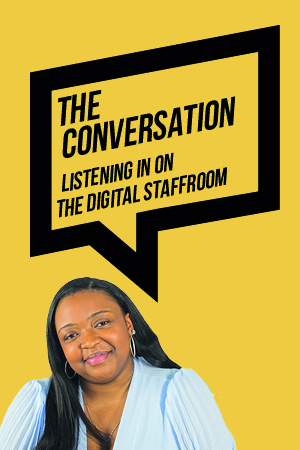
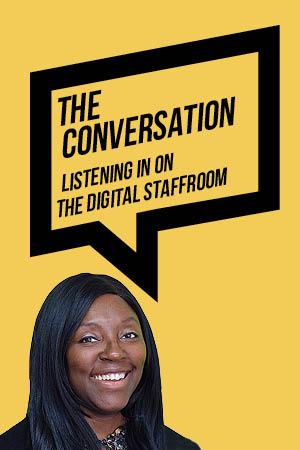
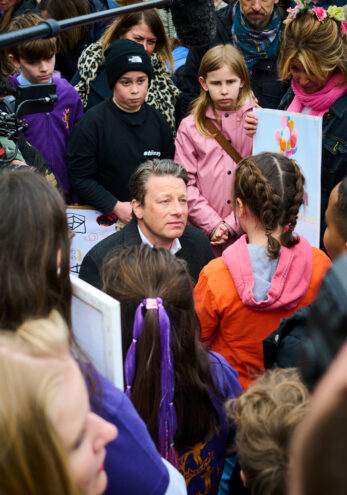
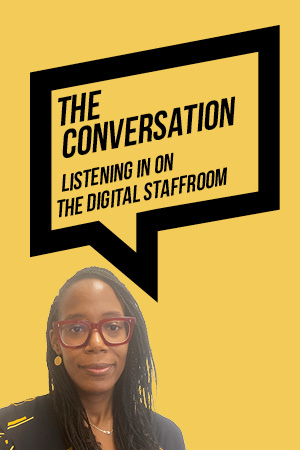
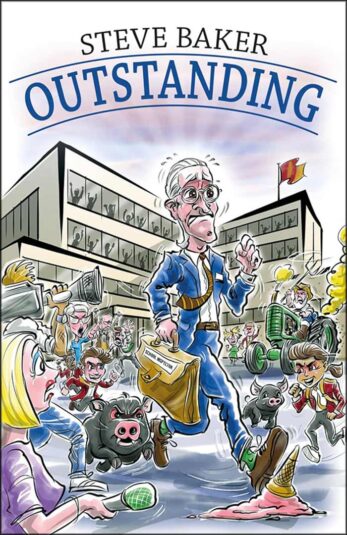

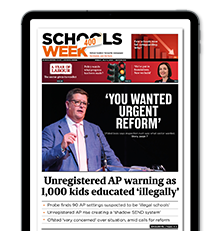
Your thoughts